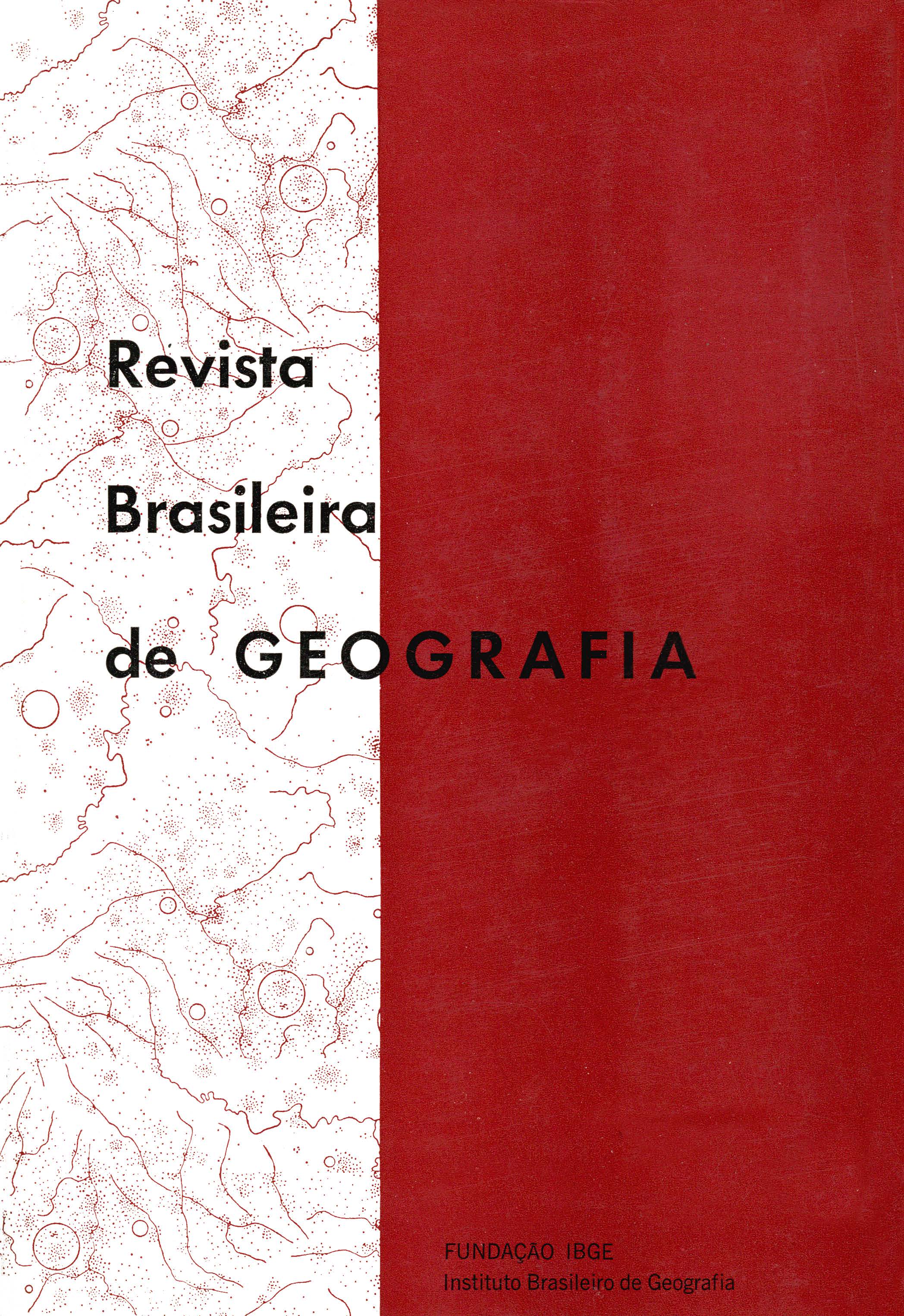Contribuição ao estudo da hierarquia urbana no Ceará
Palavras-chave:
Geografia urbana, Renovação urbana, Planejamento regional, CearáResumo
In the 1962-1963 period, IBGE's former Geography Division developed the first studies on urban centers hierarchy in Ceara. Based on surveys made In the "municipios", the first hypotheses on Northeast Urban Centers hierarchy were elaborated and five classes of towns were initially determined. The city of Fortaleza was classified as SPECIAL, because of its position as state capital and its rank among the other towns in Ceara. Later, new criteria have been established. From 1966 on, Brazil's homogeneous and polarized spaces have been researched by IBGE. By using the Hautreux-Rochefort method on urban system, IBGE's researchers have established general criteria to determine the poles and areas of influence. The centers have been classified according to the polarizer tertiary equipment: trade of commodities, banking and financial services, managerial and administrative services, consultation and advertising services, education, health, culture and recreation. In 1971, the State Government Plan (PLAGEC, 1971-1974) established an urban hierarchy based on the service centers concept, through such variables as commercial equipments and banking offices, health and education community equipments. The regional division proposed by that plan classified the service centers hierarchically, considering the urban system of Fortaleza, composed of a Regional Metropolis, Great Regional Centers, Secondary Regional Centers, Zone Centers and Strategical Centers. Later, In 1972, based on the 1966 IPEA/IBGE survey, the work "Divisão do Brasil em Regiões Funcionais Urbanas" was published (IBGE 1972). By means of the model proposed by Haggett and Chorley, a matrix was organized, basically with three elements: 1) agricultural flows; 2) distribution of commodities and services to the economy; and 3) services rendered and distribution of commodities to the population. According to that new division, Fortaleza was classified as Macrorregional Center.
This work, "Contribuição ao Estudo da Hierarquia Urbana no Ceará", represents an attempt to classify the towns of Ceara, considering the existing tertiary equipments. Industrial activities are still not much developed in the State. In fact, commercial activities and services are the baste functions in the towns of Ceara. From the surveys on the tertiary equipments of the "municipal" seats, a weighing criterion was established In order to improve the use of the gross data. In that weighing, the indexes varied according to the commonest, rarest and most specialized types of equipments, depending on the region's peculiarities. In accordance with that methodology, different classes of urban centers In Ceara were established: Regional Centers; Secondary Centers (equipped); Secondary Centers (sub-equipped); Local Centers; and Elementary Centers. Based on that classification, a criterion was adopted to establish a scale of importance for those urban centers within Ceara. Exclusive of Fortaleza, Crato ranks first in terms of tertiary equipments, followed by Sobral, Juazeiro do Norte, Iguatu, and Limoeiro do Norte. The state capital, Fortaleza, was considered separately because of the great disparity between it and the other towns in the state, concerning services. Its command and area of influence were considered as well.






